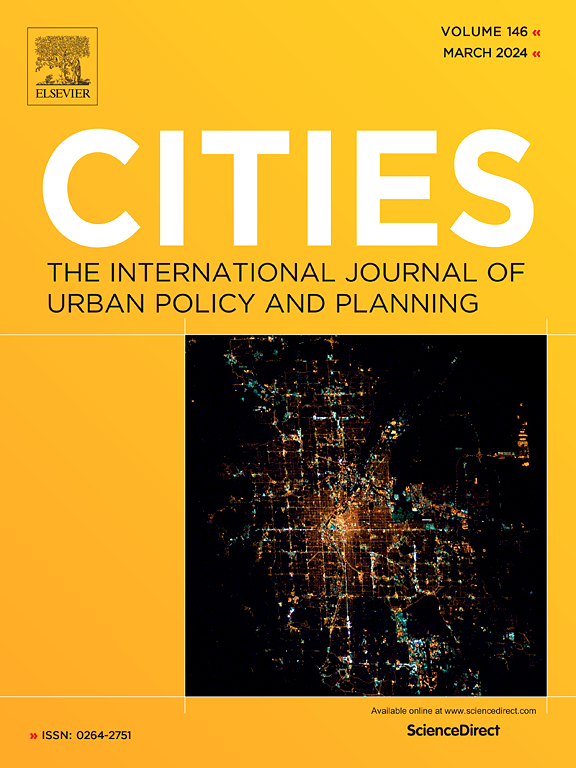(不是)在我的后院:进入社区花园,社区特色和食物沙漠
IF 6.6
1区 经济学
Q1 URBAN STUDIES
引用次数: 0
摘要
社区花园不仅作为新鲜食物的替代来源,而且作为促进可持续城市生活的平台,在世界范围内受到欢迎。在这项研究中,我们编制了一个独特的数据集,该数据集由美国24个城市或大都市区的1874个记录社区花园组成,以研究社区特征与社区花园的使用之间的关系。在食物沙漠的背景下,我们进一步研究了社区花园的空间分布,食物沙漠被用来描述缺乏新鲜食物的低收入社区。我们的研究结果表明,一些社区特征,如黑人人口比例、贫困率和住房单元空置率,可以系统地解释一个社区是否有社区花园。值得注意的是,我们发现社区花园解决食物沙漠问题的能力可能有限,因为目前绝大多数社区花园都位于未被确定为食物沙漠的社区。我们的研究结果为战略性城市规划和社区主导倡议的必要性提供了新的见解,以促进社区花园的建设,以实现可持续的城市食品环境。本文章由计算机程序翻译,如有差异,请以英文原文为准。
(Not) in my backyard: Access to community gardens, neighborhood characteristics, and food deserts
Community gardens have gained popularity worldwide not only as an alternative source of fresh food but also as a platform to promote sustainable urban living. In this study, we compile a unique dataset that consists of 1874 documented community gardens in 24 cities or metropolitan areas in the U.S. to examine the relationship between neighborhood characteristics and access to community gardens. We further investigate the spatial distribution of community gardens in the context of food deserts that are used to describe low-income neighborhoods with a lack of fresh food access. Our results show that several neighborhood characteristics, such as the share of Black populations, poverty rate, and housing unit vacancy rate, can systematically explain whether a neighborhood has community gardens. Notably, we find that community gardens may have limited capacity to address the issue of food deserts, given that the vast majority of current community gardens are in neighborhoods not identified as food deserts. Our findings provide new insights into the need for strategic urban planning and community-led initiatives to facilitate the construction of community gardens for a sustainable urban food environment.
求助全文
通过发布文献求助,成功后即可免费获取论文全文。
去求助
来源期刊

Cities
URBAN STUDIES-
CiteScore
11.20
自引率
9.00%
发文量
517
期刊介绍:
Cities offers a comprehensive range of articles on all aspects of urban policy. It provides an international and interdisciplinary platform for the exchange of ideas and information between urban planners and policy makers from national and local government, non-government organizations, academia and consultancy. The primary aims of the journal are to analyse and assess past and present urban development and management as a reflection of effective, ineffective and non-existent planning policies; and the promotion of the implementation of appropriate urban policies in both the developed and the developing world.
 求助内容:
求助内容: 应助结果提醒方式:
应助结果提醒方式:


